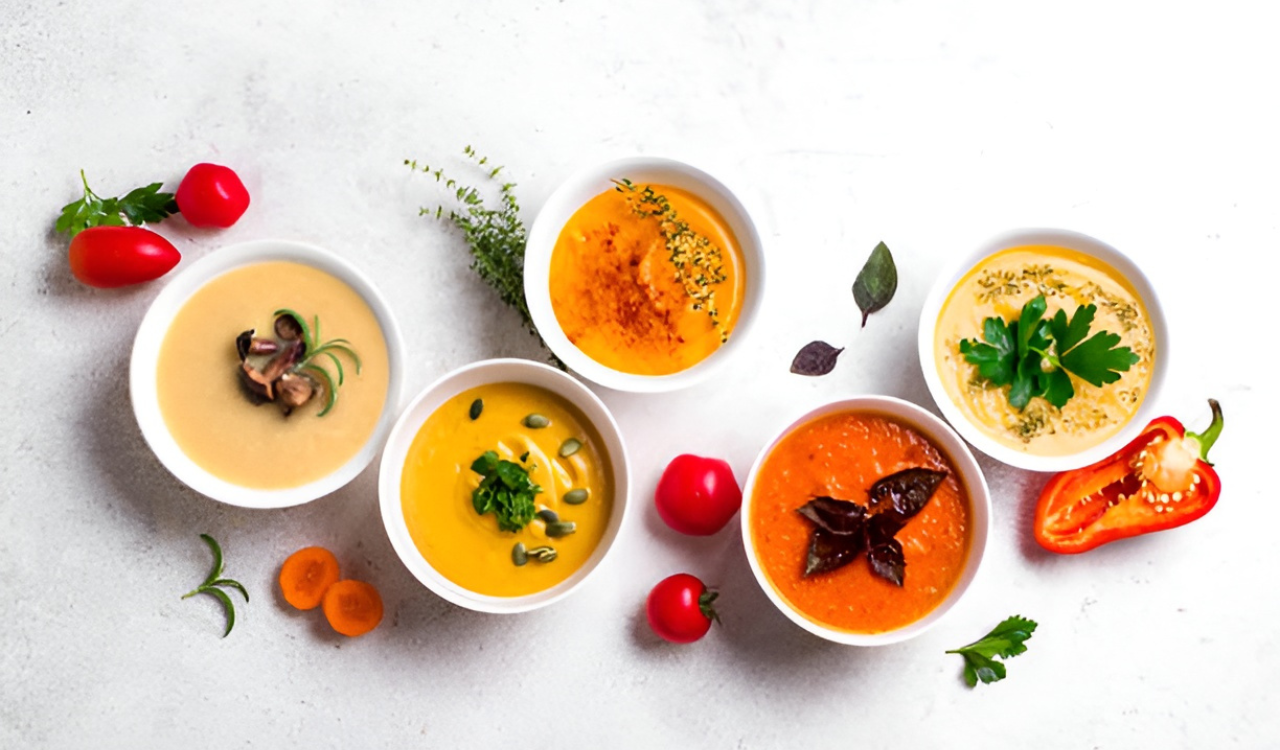12 Everyday Foods That Were Once Reserved For Royalty
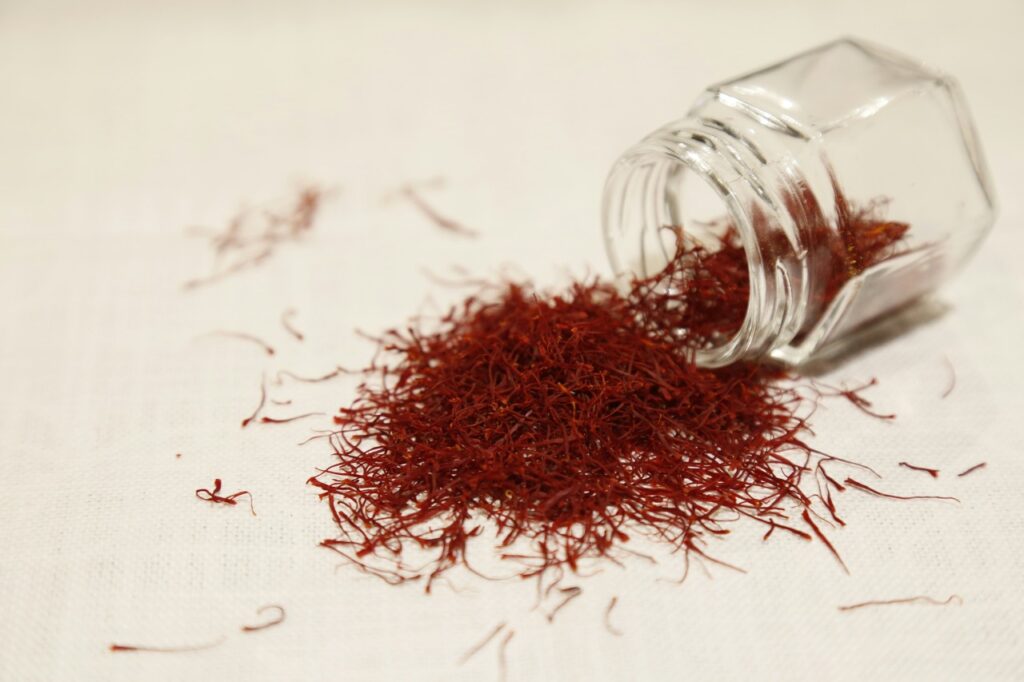
Many of the foods we enjoy today were once exclusive to royalty, treasured for their rarity, flavor, and luxurious appeal. From rich, bitter chocolate savored by Mesoamerican rulers to fragrant saffron, decadent truffles, and delicate almonds adorning European banquets, these ingredients symbolized wealth, power, and status. Over time, they became accessible to the wider world, yet their royal heritage reminds us that these everyday flavors were once the ultimate indulgence.
1. Chocolate

Chocolate was not always the everyday treat we know today. In Mesoamerica, the Mayans and Aztecs prized cacao as a sacred drink, often flavored with chili, vanilla, or honey, and reserved it for nobles and rulers. When it reached Europe in the 16th century, chocolate quickly became a symbol of wealth and power among kings, queens, and aristocrats. Only the elite could afford the costly beans and the labor-intensive preparation. Over centuries, chocolate transformed from a bitter luxury to the sweet, accessible delight found in homes worldwide.
2. Caviar
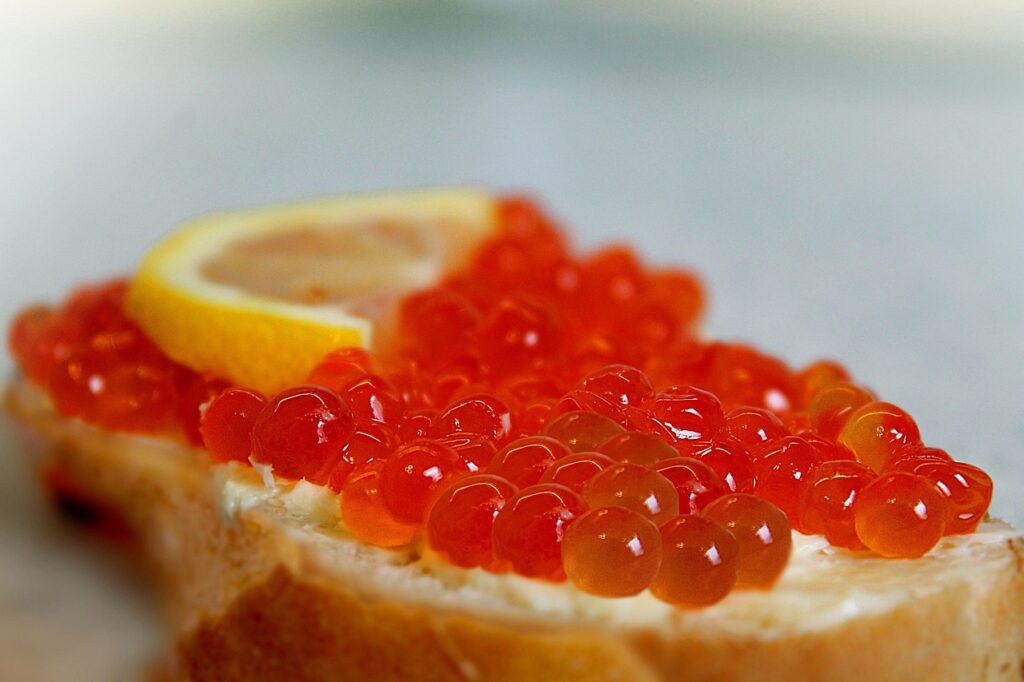
Caviar, made from the roe of sturgeon, has long been associated with opulence. In Persia and later Russia, only royalty and the aristocracy could savor this delicacy. Its rarity, labor-intensive harvesting, and delicate storage requirements elevated it to a status symbol. Served on silver platters or as a garnish to luxurious dishes, caviar exemplified wealth and refinement. Today, caviar is more widely available, but its association with luxury and celebration of high-status dining persists.
3. Saffron
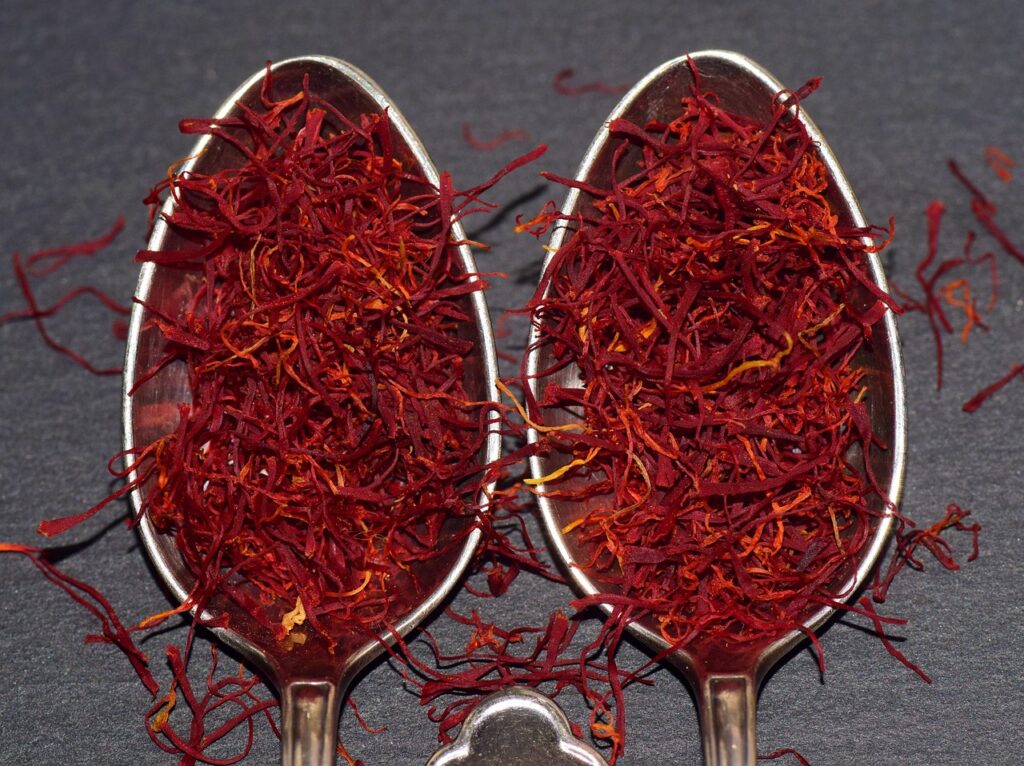
Saffron, derived from the stigmas of Crocus flowers, has been prized for centuries for its vibrant color, delicate aroma, and subtle flavor. In medieval Europe and ancient Asia, saffron was so expensive that only royal kitchens could afford it. It was used to flavor rice, meats, and desserts, and even as a coloring agent for garments and ceremonial rituals. Its labor-intensive harvesting, which requires thousands of flowers for a small amount of spice, ensured its status as a symbol of wealth and prestige.
4. Truffles

Truffles, the fragrant underground fungi, were considered a delicacy of the highest order in European royal courts. Their rarity, elusive growing conditions, and intense flavor made them a prized ingredient for kings and nobles. Served in lavish feasts, truffles were often shaved over meats, eggs, and pasta to elevate even simple dishes into extravagant culinary experiences. Today, truffles remain a symbol of gourmet luxury, continuing the legacy of indulgence once reserved for the elite.
5. Foie Gras
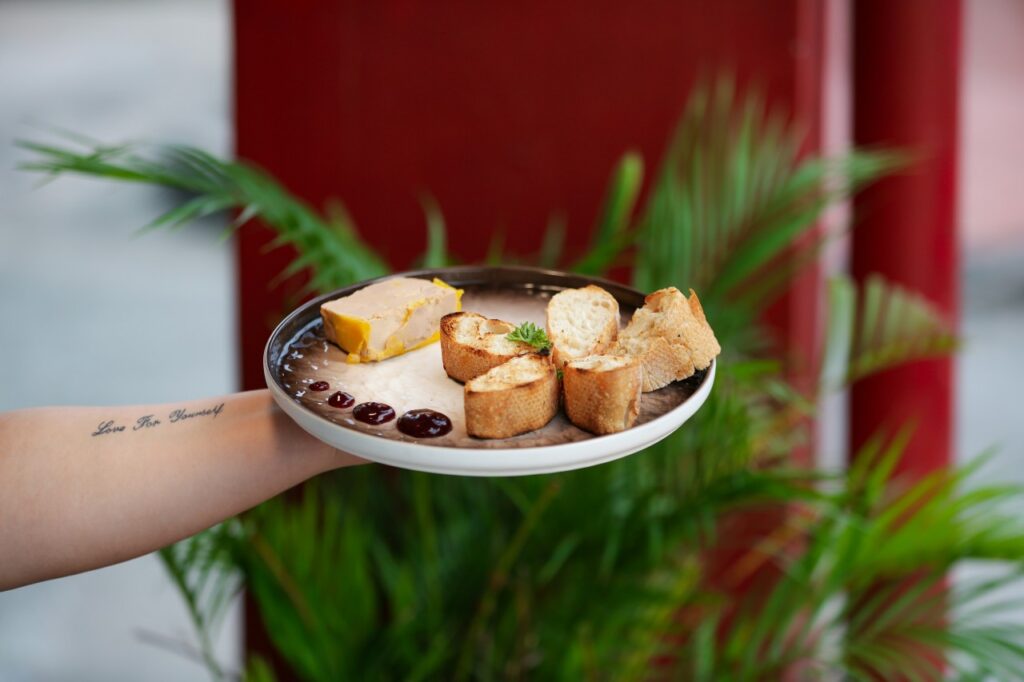
Foie gras, made from specially fattened duck or goose liver, was long associated with French aristocracy. Ancient Egyptians practiced early forms of force-feeding birds, but in France, foie gras became a marker of refinement, consumed exclusively by nobles during banquets and celebrations. Its rich, buttery taste and luxurious texture distinguished it from ordinary food, making it a symbol of indulgence. Modern foie gras remains a celebrated delicacy, though now available beyond royal tables.
6. Vanilla

Vanilla, a tropical orchid native to Mexico, was once one of the most expensive flavors in Europe. Introduced in the 16th century, its labor-intensive pollination and processing made it rare and prized. European royalty used vanilla to flavor custards, cakes, and beverages, symbolizing luxury and sophistication. Only wealthy households could afford it, and it became a signature ingredient in decadent desserts. Today, vanilla is a common flavor, but its history reflects centuries of exotic allure and high social status.
7. Sugar

Sugar, now ubiquitous in kitchens worldwide, was once an extraordinary luxury. In medieval Europe, it was imported from distant lands and extremely costly, making it a rare commodity enjoyed only by royalty and the wealthy. Sugar was used to craft elaborate desserts, preserve fruits, and even in medicinal concoctions. Its rarity and value meant it was both a culinary and social status symbol, turning sweet treats into markers of power and prestige, long before it became a staple in every home.
8. Almonds
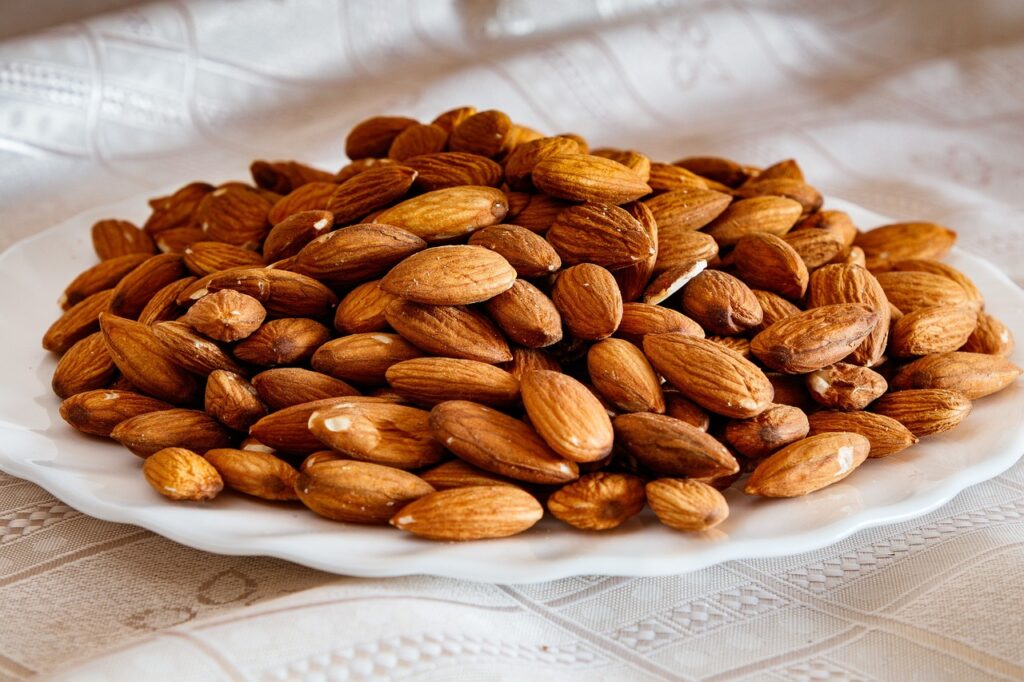
Almonds have long been associated with luxury and refinement. In medieval Europe, almonds were expensive and often included in dishes for royal banquets, baked goods, and ceremonial feasts. Their delicate flavor and ability to enhance both savory and sweet recipes made them highly prized. Almonds also symbolized health and prosperity, further enhancing their status among the elite. Today, they are widely available, yet their historical association with wealth and noble dining endures.
9. Wine

Wine has a history intertwined with status and privilege. In ancient civilizations like Greece and Rome, only the highest-quality vintages were served to kings, emperors, and aristocrats, while lower-quality drinks were left for commoners. European royal courts maintained strict control over vineyards, with rare vintages used in banquets, religious ceremonies, and celebrations. Today, wine is enjoyed globally, but its legacy as a marker of sophistication and luxury persists, linking modern enjoyment with centuries of elite tradition.
10. Honey
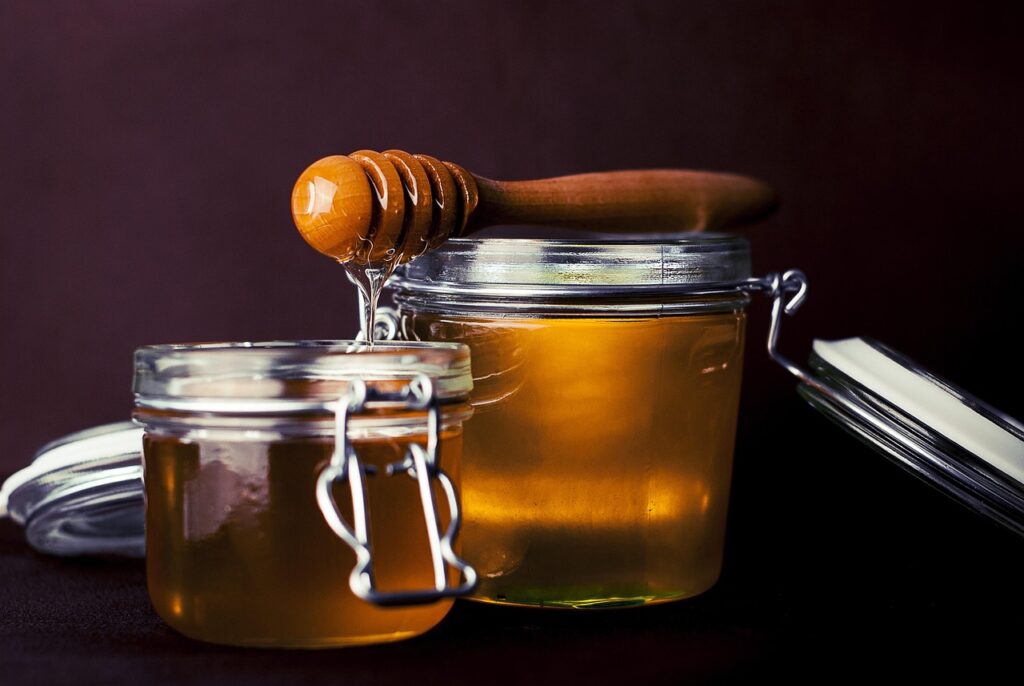
Before refined sugar, honey was the primary sweetener, and its rarity and labor-intensive collection made it a prized commodity in royal households. Ancient Egyptians, Greeks, and Romans valued honey not only for its flavor but also for its medicinal properties. Kings and nobles used honey in elaborate desserts, mead, and ceremonial feasts. Its golden richness symbolized abundance and wealth, securing honey a place in the kitchens and rituals of royalty for thousands of years.
11. Figs
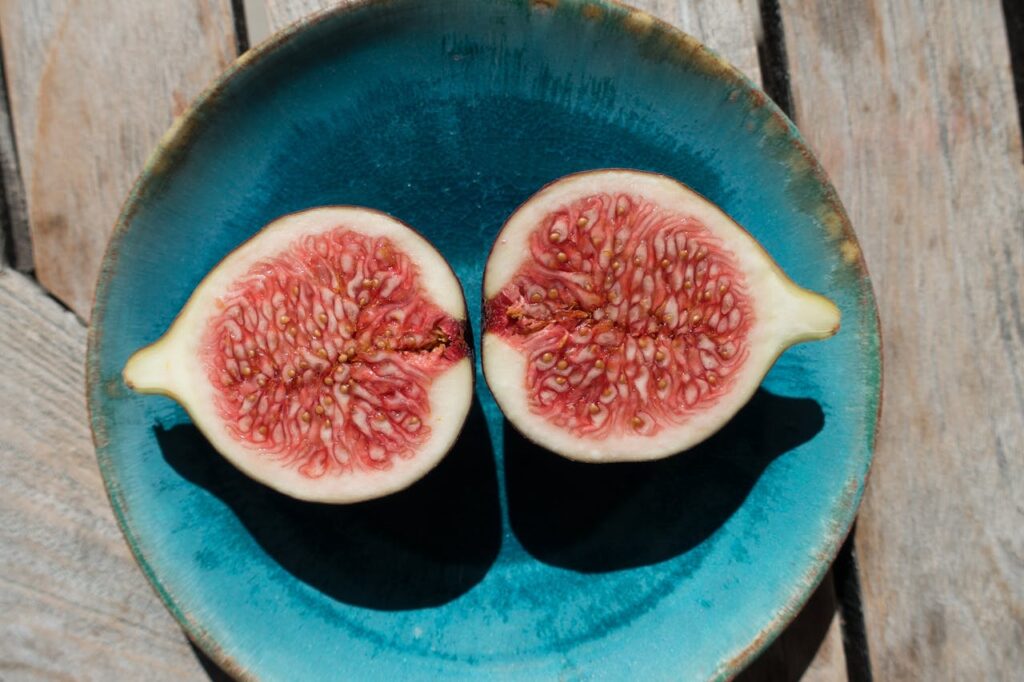
Figs were considered a luxury in ancient Rome and Egypt, cultivated in select orchards for the elite. Their sweetness, nutritional value, and limited availability made them a status symbol, often appearing in royal feasts, religious offerings, and decadent dishes. While figs are now common, their historical association with power, wealth, and refinement underscores the role of selective foods in defining social hierarchy and indulgence in antiquity.
12. Spices (Cinnamon, Nutmeg, and More)
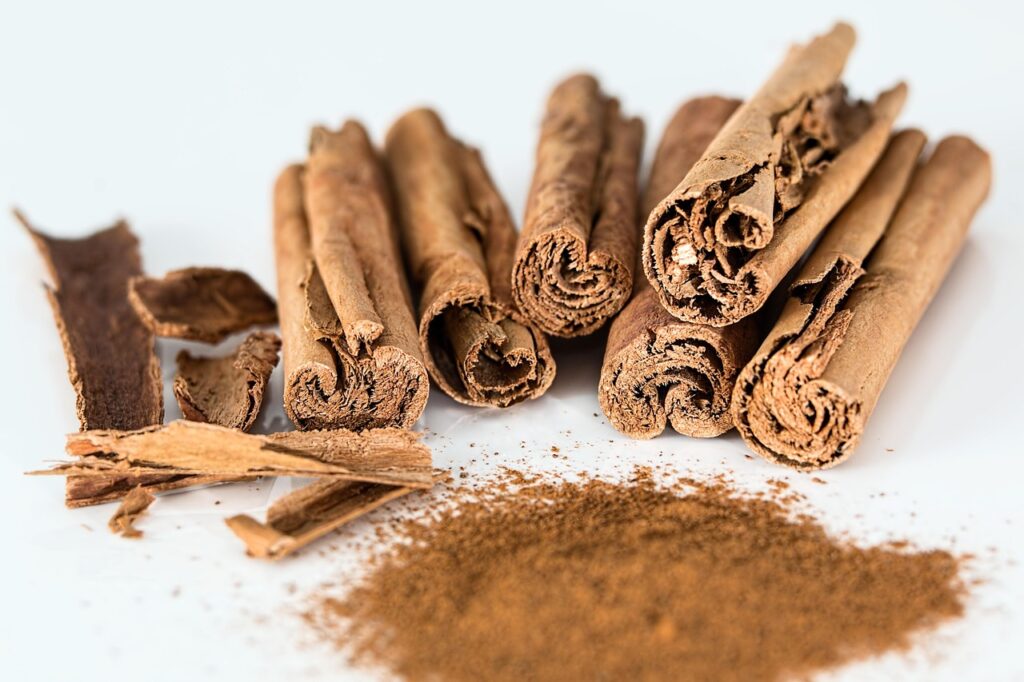
Exotic spices like cinnamon, nutmeg, and cloves were once worth their weight in gold, imported from faraway lands and sold exclusively to royal courts in Europe and Asia. They were used to flavor food, preserve meats, and display wealth at lavish banquets. The long, perilous trade routes and rarity of these spices elevated them above everyday ingredients, making them markers of status and sophistication. Today, they are common in kitchens worldwide, but their history reminds us of a time when flavor was a symbol of power.





